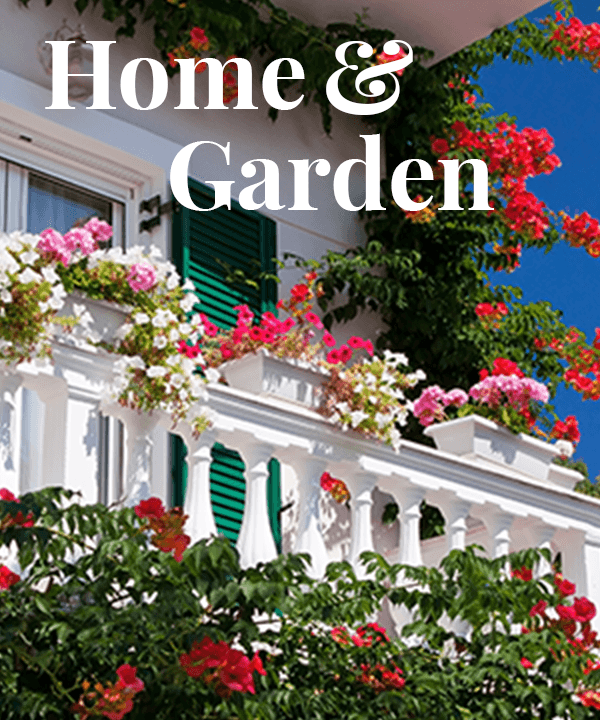Welcome to Healthy Lifestyle magazine, your trusted companion on the path to a healthier and happier life. At Gildshire.com, we invite you to embrace a holistic approach to well-being and discover a wealth of tips, advice, and inspiration to enhance your physical, mental, and emotional health.
Healthy Lifestyle magazine is your go-to resource for wellness, fitness, nutrition, mindfulness, and self-care. We believe small lifestyle changes can impact overall well-being and empower you to make informed choices supporting a vibrant and balanced life.
Explore fitness with various routines, from HIIT and yoga to strength training and outdoor activities. Our experts guide your fitness journey, whether you’re a beginner or experienced athlete.
Delve into nutrition and discover the power of wholesome, nourishing foods. From plant-based recipes to dietary guidelines and superfoods, we provide insights to fuel your body and cultivate a healthy relationship with food.
Nurture mental and emotional well-being through mindfulness and self-care resources. Explore stress management, meditation, and relaxation techniques to enhance resilience and emotional balance.
Healthy Lifestyle magazine values work-life balance. Discover productivity, time management, and stress reduction tips, ensuring your professional life supports overall well-being.
We understand well-being extends beyond health. Explore sustainable living, social connections, and community engagement for a fulfilling and balanced life.
Seek inspiration for recipes, fitness routines, self-care practices, or overall well-being. Let Healthy Lifestyle magazine be your trusted source of tips, advice, and inspiration. Start your journey today and unlock your full potential for well-being.




